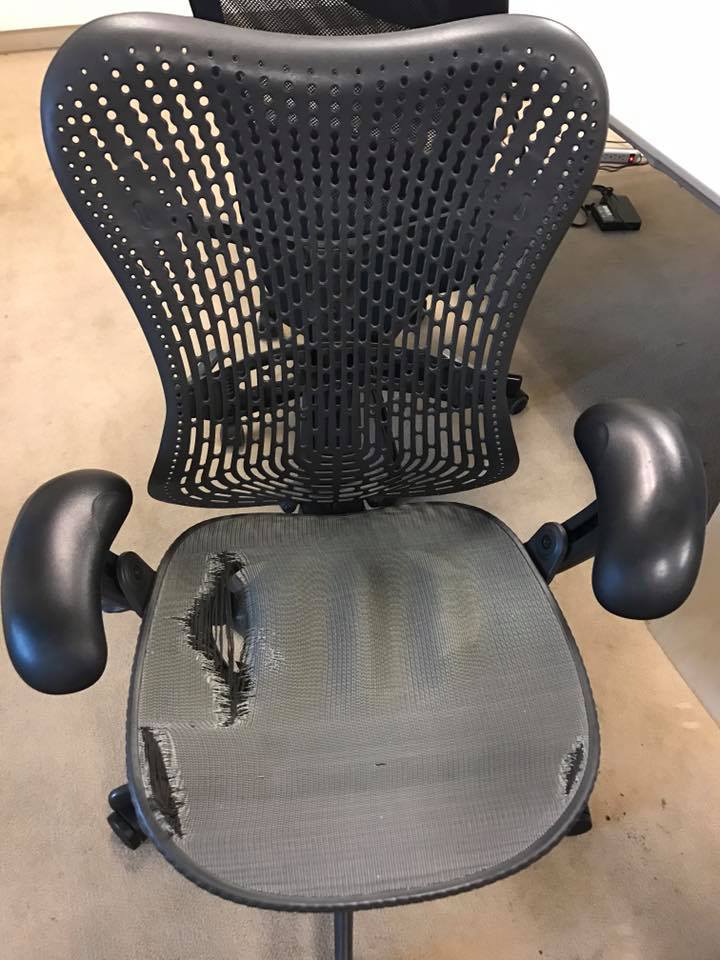
—
Let’s face it, the last few months have been brutal. Dealing with the constant threats to communities and to democracy itself has been exhausting and heartbreaking, and many of us have been questioning whether we nonprofits are equipped to respond to current and future challenges. During these dark times, there has been at least one bright light: A new Star Trek show!
When hatred and xenophobia are on the rise, it’s nice to see a universe where diversity is a norm. From the two episodes I’ve seen, the new show, Star Trek: Discovery, is awesome. It’s not without flaws, of course, but this show, and Star Trek itself, paints a hopeful picture that we nonprofits should observe closely. And the Starfleet model in particular is something we should study
In Star Trek, there are various starships. Each has a different captain and a different mission. However, they are bound together by Starfleet, an organization that supports and coordinates the work of all the ships. Starfleet is big, with multiple departments. There’s Starfleet Academy, which trains officers; Starfleet Command, which provides governance; Starfleet Shipyard, which builds the ships; Starfleet Judge Advocate General, which serves as the judiciary branch, etc.Continue reading →





